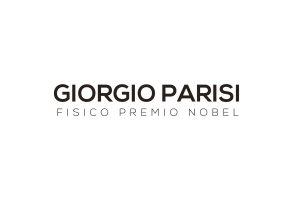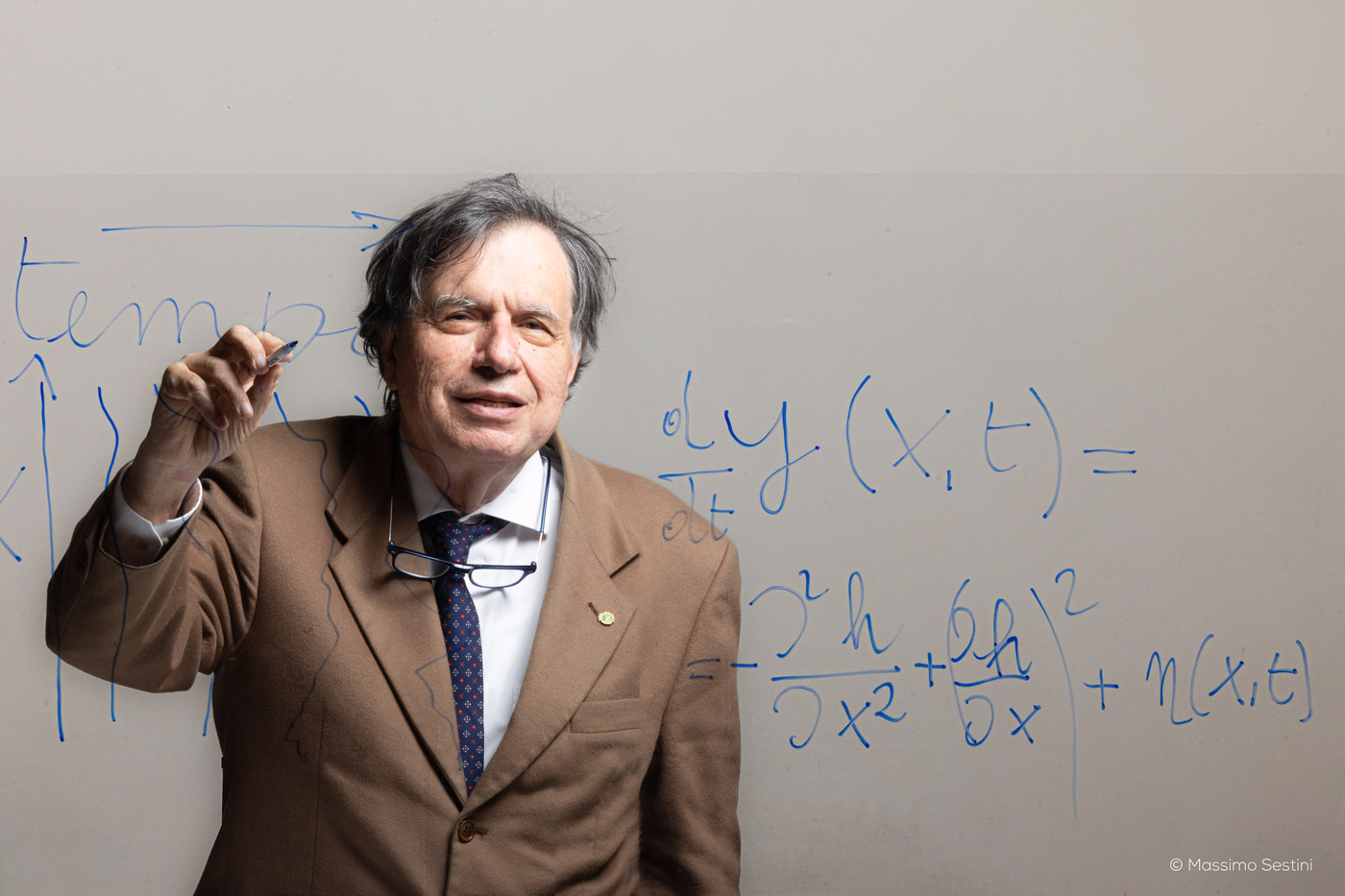
Intervista con Laura Bonolis
GIORGIO PARISI Giorgio Parisi è nato a Roma il 4

Giorgio Parisi was born in Rome on 4 August 1948. Since childhood, he has shown an interest in numbers. A reader of popular science and science fiction, he is attracted by the adventurous character of research. After high school, he enrolled in Physics at the University of Rome in 1966 and graduated in 1970 with Nicola Cabibbo on the Higgs boson problem.
After graduation, he joined the Frascati National Laboratories on a scholarship and immediately became involved in the problems of physics with electrons and positrons and deep inelastic scattering; but he retained an interest in the weak interactions and field theory. After working on group techniques in ultra-high energy physics, he resumed work in the field of statistical mechanics and with Raoul Gatto worked on conformal group applications.
Around 1973, Parisi interacted with numerous figures from the field of theoretical elementary particle physics, particularly Kurt Symanzik, Gerardus ‘t Hooft and Murray Gell-Mann. After spending some time at CERN in Geneva, he spent a year at Columbia University in 1973-1974, where he met Tsung Dao Lee. In 1981, at the age of 33, he became Professor of Theoretical Physics in Rome, first at the University of Tor Vergata, then from 1992 at Sapienza University of Rome as a lecturer in Quantum Theories, as well as being a research associate at INFN (National Institute of Nuclear Physics).
During the 1980s, while using the largest computers available in Europe for his research, including the CRAY in Paris, Parisi developed a strong interest in advanced calculation tools. Nicola Cabibbo, Parisi and others jointly designed the construction of parallel calculation tools for gauge theories. In about two years, APE, short for Array Processor Expansible, was realized, followed by other faster machines: APE 100 and APE 1000.
Parisi is one of the most brilliant exponents of contemporary Italian theoretical physics. Moving between field theory and statistical mechanics, he has also worked on neuronal networks, pushing into the field of biological models. The field of research for which he is perhaps best known is that of so-called ‘spin glasses’, the study of which Parisi conducted both with large-scale simulations and abstract theoretical means. His discoveries in this field, as well as having great resonance, have given rise to a large body of research in neighboring fields.
Since 1988, he has been a member of the Accademia Nazionale dei Lincei (of which he was president and is now vice-president and president of the Class of Physical, Mathematical and Natural Sciences), the Accademia dei Quaranta and the European Academy. Since 1992 he has been a member of the American National Academy of Sciences, since 1993 of the French Académie des Sciences, and since 2013 of the American Philosophical Society.
In 1992 he was awarded the Boltzmann Medal (awarded every three years by the International Union of Pure and Applied Physics) for his contributions to the theory of disordered systems, the Dirac Medal for Theoretical Physics in 1999, and the Max Planck Medal in 2011, by the Deutsche Physikalische Gesellschaft. He received, among numerous other awards, the Feltrinelli Prize for Physics in 1987, the Enrico Fermi Prize in 2003, the Dannie Heineman Prize in 2005, the Nonino Prize ‘to a Master of our time’ in 2005, the Nature Award Mentoring in Science in 2013, the European Physical Society’s Prize for High Energy and Particle Physics in 2015, the Lars Onsager Prize from the American Physical Society in 2016, and in 2021 he received the prestigious Wolf Prize for Physics.
In October 2021, he was awarded the Nobel Prize in Physics ‘for his discovery of the interaction between disorder and fluctuations in physical systems, from the atomic to planetary scale’.

GIORGIO PARISI Giorgio Parisi è nato a Roma il 4

Giorgio Parisi è un fisico italiano, Vice Presidente dell’Accademia dei
